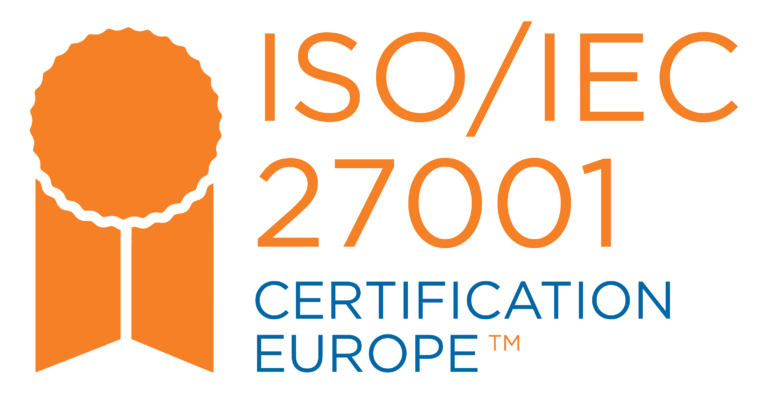For the marketer, the ability to test, learn and react with your marketing content & initiatives in a contextual, relevant and consistent manner irrespective of how diverse and frequent multi channel consumer channel interactions occur.
That’s a mouthful but the important distinction between traditional marketing and or marketing automation and real-time marketing is really about the evolution of the customer and NOT the evolution of marketing strategies or tactics.
Meaning, the evolution of customer expectation and sophistication. Consumer sophistication is evolving at an exponential rate because of the accessibility of technology, information, choices etc. This in turn raises the level of consumer expectation. This new challenge for the marketer can only be resolved by implementing the definition of real-time marketing (above).
While many companies like to think that their customers can be neatly sorted into various demographic, relationship and lifestyle buckets. The reality is that customers are unpredictable entities who possess a wide range of differing wants, needs, interests, behaviors, preferences, and other characteristics. As a result, the best-in-class companies strive to understand customer behavior at an individual level and to act upon that understanding to delver the most relevant messages, offers and service treatments at the “moment of truth”.
In order to enable this type of responsiveness, companies must first shift their customer interaction mindset from traditional outbound communications to embrace more sophisticated inbound marketing strategies, techniques and tools. A real-time marketing program will enable the successful migration from an outbound centric organization to a best-in-class enterprise focused on inbound interactions that drive more profitable and loyal customers.
